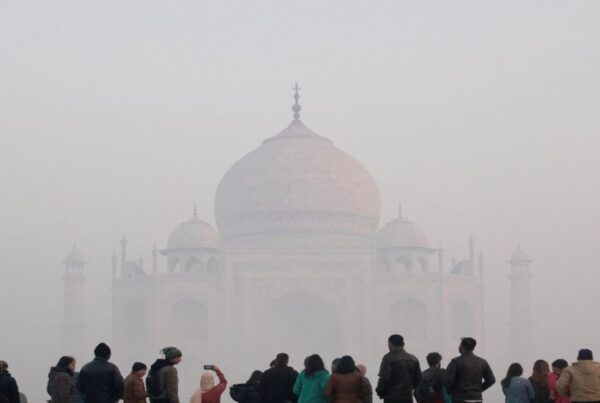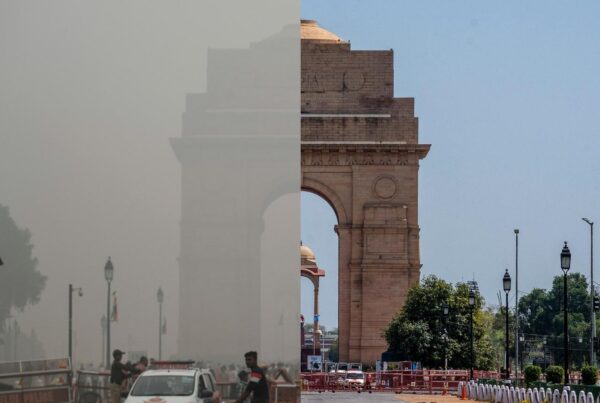India has long battled infectious diseases, grappling with both traditional and emerging threats that have strained its healthcare system and tested its resilience. The nation, with its dense population and diverse socio-economic landscape, has faced challenges in controlling the spread of diseases that can be transmitted through various vectors like air, water, and direct contact. These diseases range from seasonal epidemics to those caused by neglected tropical conditions, and they continue to pose a significant public health concern.
In the 20th century, India was particularly vulnerable to diseases like malaria, tuberculosis, and cholera. Malaria, once rampant, was a major public health issue, with millions of cases reported annually. Tuberculosis, too, claimed countless lives, with India having the highest burden of the disease globally. Cholera outbreaks, often triggered by poor sanitation and contaminated water sources, were a frequent cause of mortality. The country has made significant strides over the years in addressing these issues, thanks to the introduction of mass vaccination programs, improved healthcare infrastructure, and the promotion of better sanitation practices. However, the fight against infectious diseases remains ongoing.
In recent decades, India has faced newer challenges, with diseases like dengue, chikungunya, and swine flu becoming more common. These diseases, often spread by mosquitoes or other vectors, thrive in the country’s hot and humid climate, where urbanization and rapid population growth have created ideal breeding grounds. The government’s efforts to control these diseases have been met with varying levels of success, with public health campaigns focusing on vector control and environmental management.
The most significant and recent battle India has faced has been with the COVID-19 pandemic. The virus spread quickly across the nation, overwhelming healthcare facilities, and exposing significant gaps in the system. The rapid spread of the disease, coupled with India’s large population and the challenges of enforcing social distancing, meant that containment was difficult. Despite this, the country undertook one of the largest vaccination drives in history, administering millions of doses across the nation. India also became a key player in the global response, producing and exporting vaccines to various countries, showcasing its strength in pharmaceutical production.
India’s healthcare system, though vastly improved in recent decades, still struggles with inadequate resources in rural and underserved areas. The country’s vast geographical landscape makes it difficult to implement uniform healthcare strategies, and the rural-urban divide often results in unequal access to healthcare services. While urban areas may have advanced hospitals and medical infrastructure, rural communities continue to rely on basic clinics that often lack the necessary equipment and trained professionals to tackle infectious diseases effectively.
The social determinants of health, such as poverty, malnutrition, and lack of education, also exacerbate the spread of infectious diseases in India. Poor hygiene and sanitation, particularly in densely populated areas and informal settlements, increase the risk of waterborne diseases like dysentery and typhoid. A significant proportion of India’s population still lacks access to clean drinking water, a factor that continues to contribute to the spread of diseases. Furthermore, there is a growing concern about antimicrobial resistance, as overuse and misuse of antibiotics in both humans and animals increase the risk of diseases becoming harder to treat.
In response to these challenges, India has increasingly relied on public health campaigns, awareness programs, and technological innovations. For instance, the government has made great strides in strengthening disease surveillance systems and using mobile health technology to track outbreaks and deliver critical information to communities. Additionally, international collaboration has played a vital role, with the World Health Organization (WHO) and other global partners working closely with India to combat infectious diseases through research, funding, and policy development.
India’s fight against infectious diseases is far from over, but the country has made remarkable progress in recent years. With continued investment in healthcare infrastructure, better sanitation, improved public health education, and stronger disease surveillance systems, India can continue to make strides in reducing the burden of infectious diseases. The challenges remain, but the resilience and determination of the nation in combating these diseases give hope that a healthier future is within reach for its vast population.




